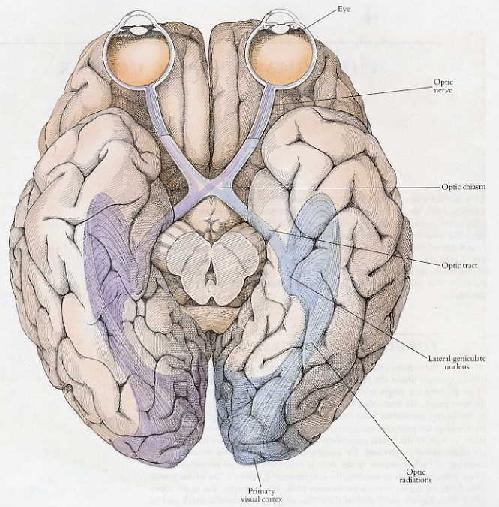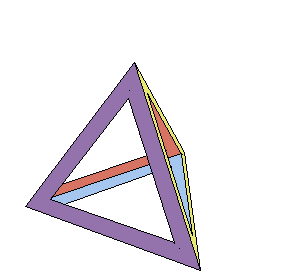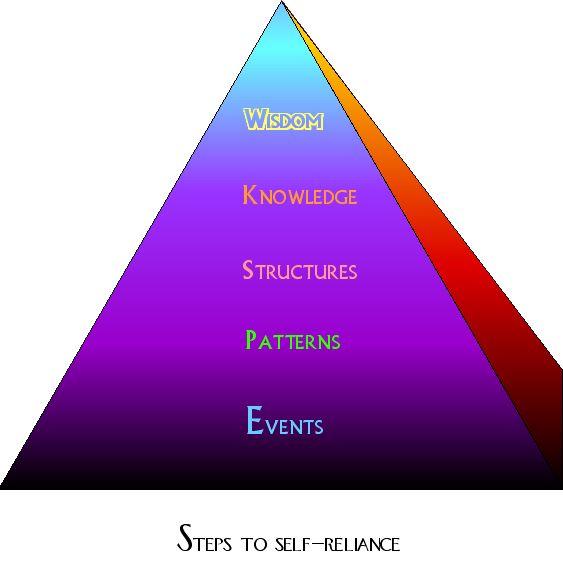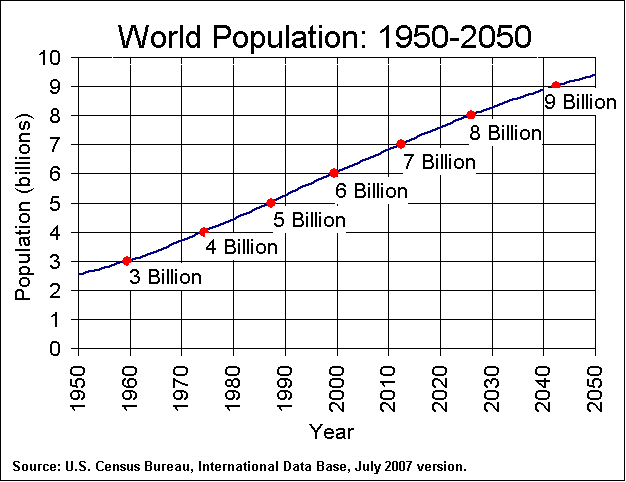 ... Intuition. ....
... Intuition. .... 
 Dr. Kaku's Analogy
Dr. Kaku's Analogy Intuition
 |
What Michio Kaku argues is: | |
| "When we analyze the ecology of a forest, we treat it as a collection of animals and plants which exist in harmony and interact dynamically with each other. To Saffron, every ten years, or so there is a key technological advance which changes the relationship between the creatures in what he terms the electronic ecology." | ||
Visions, p. 31.
PC - personal computer revolution for example. |
||
|---|---|---|
| Device itself | ||
 |
||
 |
 |
 |
| Metaphorical | Organizational | |
Every tool complex has three influential facets or dimensions of influence.
There are quite different levels of knowing.
The driving force behind the PC revolution in the 1980s, for example, was the microchip. In the 1990s by contrast, the explosive growth in the Internet was driven by marrying the power of microprocessors with cheap lasers., which carry trillions of bits of data at the speed of light along glass fibers."
p. 31
Paul Saffron, " thinks the next revolution will be driven by cheap sensors coupled to microprocessors and lasers"
"Equipped with these sensors, the animals of his electronic forest will be able to do what most computers cannot: sense our presence, and even our mood."
p. 31.
MIT Media Laboratory is headed by Nicholas Negroponte ($100 computer visionary)
p. 33.
Scientific progress in the future.
Machines that think (more effectively than do we)"
Kaku, Visions, pp. 71 to 117.
"This biology-based approach to artificial intelligence is called the bottom-up school. The inspiration for this comes from not only insects but also the rich variety of simple structures, found throughout biology and physics--frog eyes, neurons and neural networks,..."
And perhaps one of the most bizarre (and promising) approaches comes form the quantum physics of atoms."
"This philosophy can be summarized roughly in one phrase: learning is everything; logic and programming are nothing. . . . create a machine that can learn."
p. 73.
Scientific progress in the future will be propelled up by the immense interplay of between quantum physics, molecular biology, and computers. After years of stagnation in the field of artificial intelligence, the bio molecular revolution and the quantum revolution are beginning to provide a flood rich new models for research."
p. 74.
"One of the strangest consequences of this tight interplay between the three revolutions is a sociological one: the migration of theoretical physicists into brain research...to understand how the brain functions, treating neurons like atoms."
"Two schools of artificial intelligence:
top-down versus bottom-up
"But here is where quantum theory comes in. Quantum mechanics gives us the bonding of angles between each atom, allowing us to determine how these ribbons and helixes rotate with respect to each other. But to determine the precise shape of these ribbons and helixes, one must use a powerful supercomputer."
"Not surprisingly the protein folding problem is a stubborn one requiring a lot of computer time and ingenuity ....scientists will be relying on supercomputers for many decades to tell us how these thousands of proteins fold in three dimensions."
pp.160-161.
defining terms: subsistence, how people feed, nourish, clothe and house one another.
"THE DNA REVOLUTION gives us at least two startling divergent visions of the future. One vision promoted by the biotech industry, is that of health an and prosperity; gene therapy will eliminate hereditary diseases and possibly cure cancer, bioengineering will create new drugs to vanquish infectious diseases, and gene splicing will create new animals and plants which will feed the world"
"Ironically event have outpaced even Huxley's (1932) fertile imagination. In the 1950s he wrote: 'I projected it (his Novel Brave New World) six hundred years into the future. Today it seems quite possible that the horror may be upon us within a single century.' But even a century may be too long; already, many of his technological predications are within grasp."
p. 242
Michio Kaku Visions: Part 3
THE BIOMOLECULAR REVOUTION
"Therefore the question must be asked: which future will we choose?"
p. 242.
Growth formulations
law of 70 and 72, divide the rate by 70 to determine the doubling time.
Doubling times rate percent slow 2 medium 5 fast 7 rapid 10
differential rates of change between automated machinery and social reforms, leads to social drag-- that is the tendency of cultural norms to lag behind the adoption of new techniques.
arable land refers to the amount of land that can be farmed or land that is used to raise food, such as vegetables, cereals, fruit, or livestock.
Agrarian reform allowed for the population to increase due to larger food supplies, invention of automated and electrical machinery lead to better food storage and development of drugs including contraception and in vitro fertilization (fertility enhancement).
Huge changes in our lives were brought about by these triggering tool complexes:
- refrigeration - 1880s
- irrigation - 2000 BCE – re-applied 1880s
- medication - 1915
- the biomolecular revolution 1953
- the green revolution 1950s
- Electronics based on transistors & semiconductors
- Nanotechnology
Reliance on technical advancements and new techniques allow greater numbers of people to live because new inventions suppress death, extend longevity, improve health and counteract the poor health and living conditions of the eighteenth and nineteenth centuries.
Essay
"In a democracy, only informed debate by an educated citizenry can make the mature decisions about technology so powerful that we can dream of controlling life itself."
Kaku, p. 243.
The world of machinery from the smallest molecules and atoms to the largest super conducting super-collider is today automated, designed with back-up systems to assure safety, and redundancy systems to assure operation under abnormal conditions. Automated machinery requires a greater level of understanding, imaginative thinking, and testing of initial assumptions. Ignorance and indifference, as Snow suggested fifty years ago, is not merely a vice, but a lethal liability in an ever accelerating and automated age.
As Kaku insists:
"Ultimately, society must make democratic decisions on whether or not to restrict certain kinds of technology....In a democracy, what is decisive is informed debate by an enlightened electorate."
Kaku, p. 261.
Michio Kaku Visions: Part 4
IV THE QUANTUM REVOLUTION
27 November 2007
Pursell | Tenner | Pacey–World| Pacey–Meaning | Postman | Eberhart | Snow | Kaku



